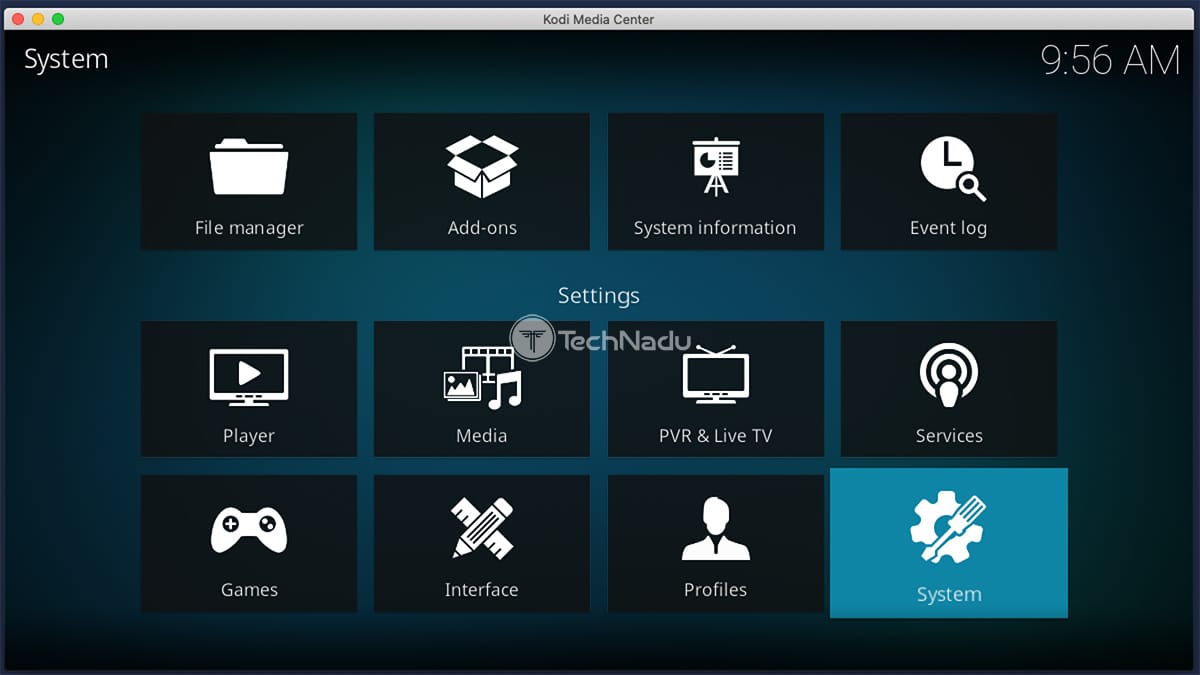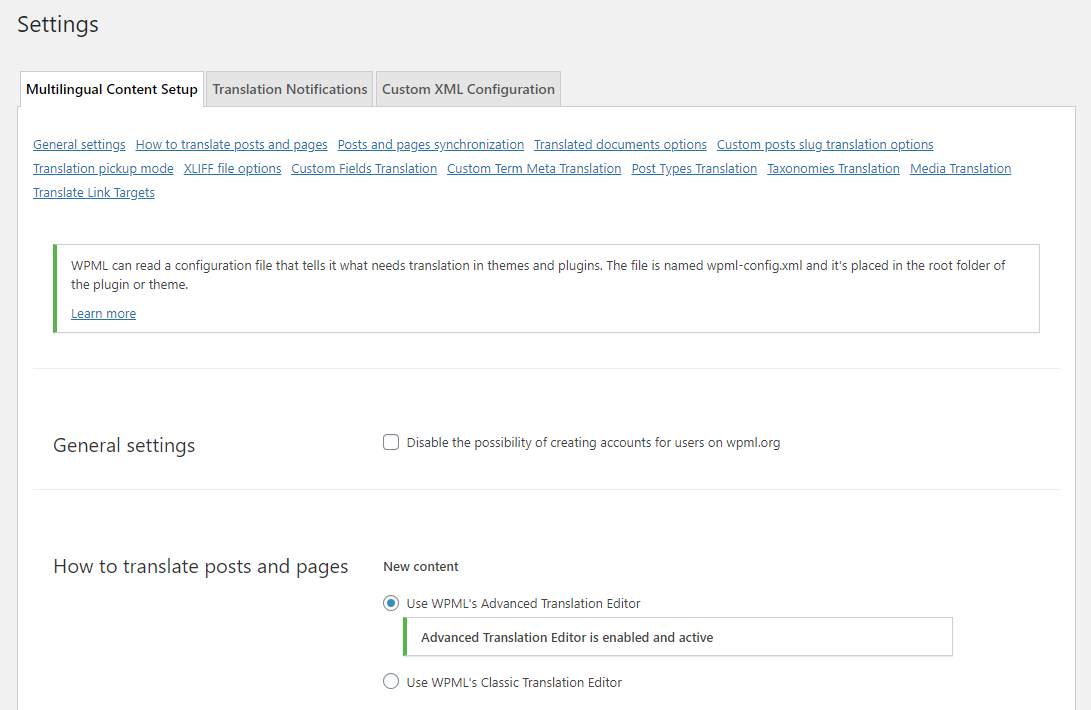

To start learning Python, we recommend learning from this tutorial. You can see here the code of the add-on written in Python. The second one defines the metadata of the add-on, which includes fields like platform, description, license, language and more.The first one defines the type of the add-on which is executable.The extension tag is used twice, each one with a different point:.The require tag – describes which code should be imported by the add-on.The addon tag – includes details about the add-on including ID, name, version and author.You can see here the metadata of the add-on which is in XML format: readme.txt – This file contains information about the add-on.LICENSE.txt – The license of this add-on.fanart.jpg – The background image of the add-on that appears when hovering over it or after launching it.


For Windows it is found under this location: C:\Users\\AppData\Roaming\Kodi\addons\ The add-on contains several files and a directory located in the AppData folder. Once clicking the add-on a popup appears with three lines of text

Every programming language (or software in our case) has its basic program called Hello World. Have you ever wanted to create an amazing Kodi add-on by yourself? Great, but you first need to learn the basics.


 0 kommentar(er)
0 kommentar(er)
